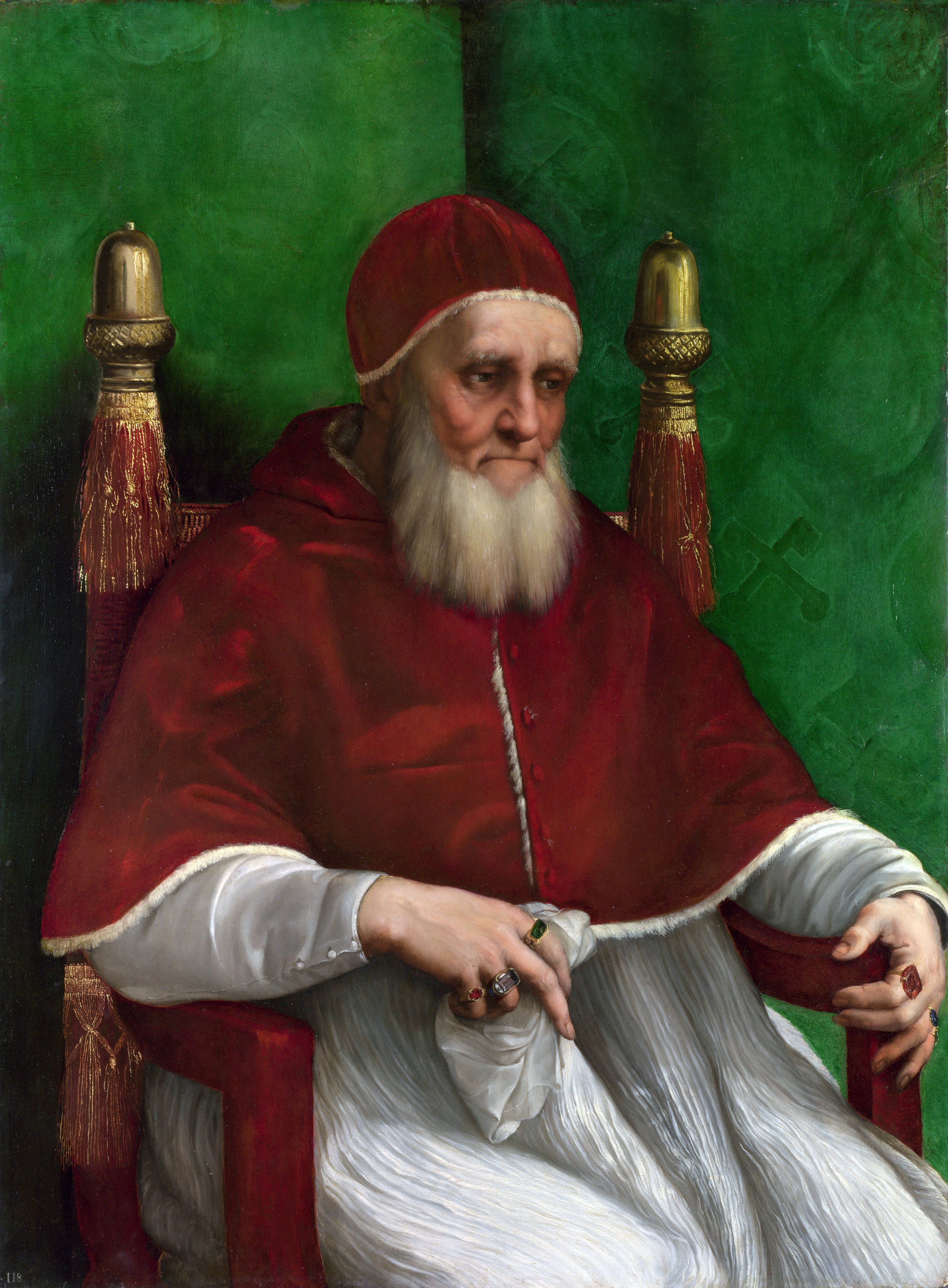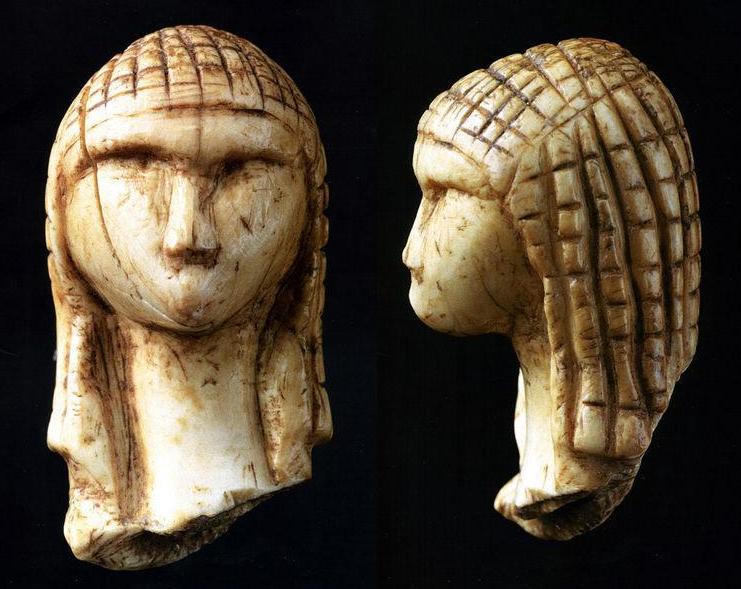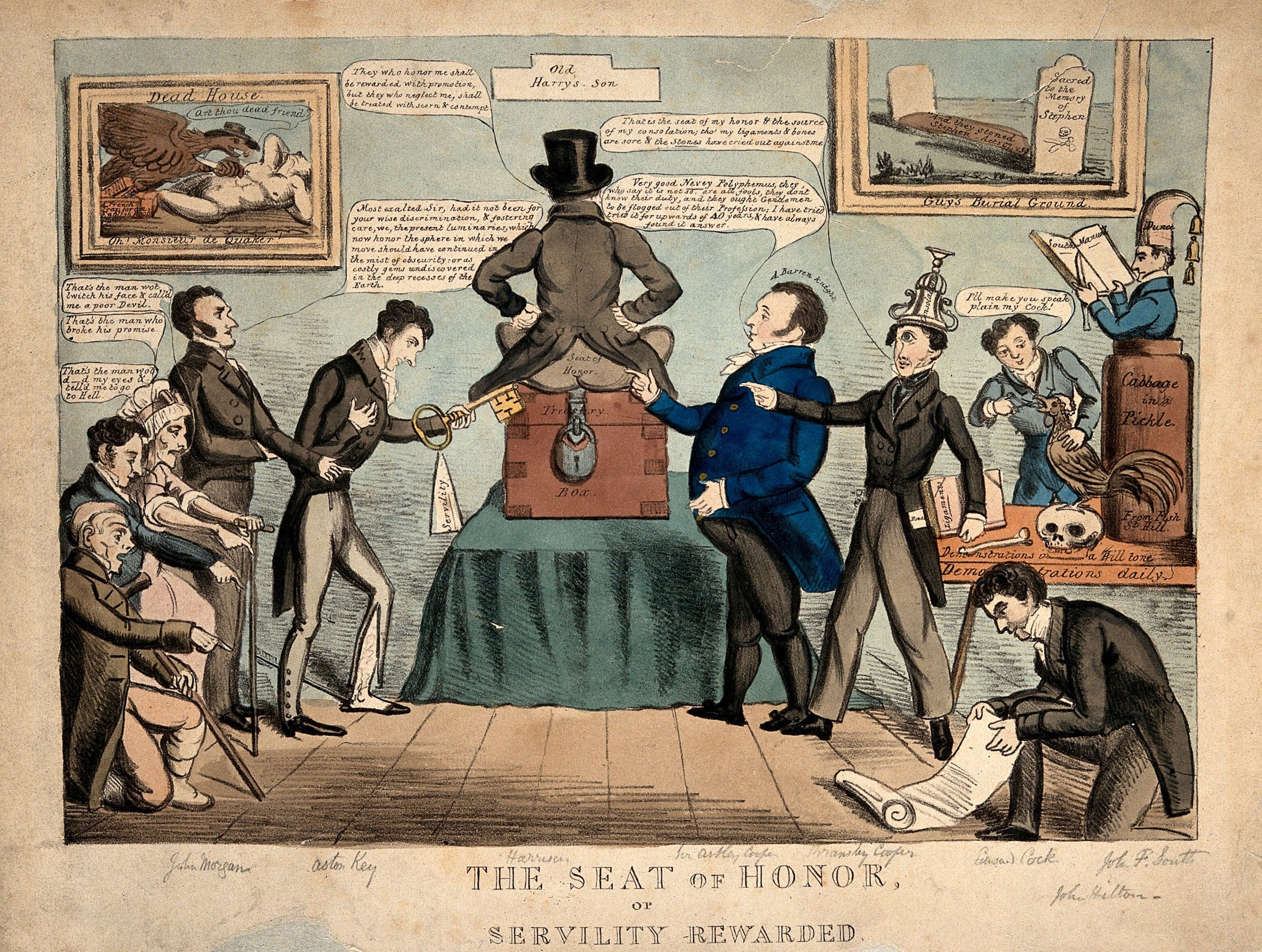|
Scipione Caffarelli-Borghese
Scipione Caffarelli-Borghese (; 1 September 1577 – 2 October 1633) was an Italian cardinal, art collector and patron of the arts. A member of the Borghese family, he was the patron of the painter Caravaggio and the artist Bernini. His legacy is the establishment of the art collection at the Villa Borghese in Rome. Biography Early life and cardinalship He was born in Artena with name Scipione Caffarelli, the son of Francesco Caffarelli and Ortensia Borghese. Because his father ran into financial difficulties, Scipione's education was paid for by his maternal uncle Camillo Borghese. Upon Camillo's election to the papacy as Pope Paul V in 1605, he quickly conferred a cardinalship on Scipione and gave him the right to use the Borghese name and coat of arms. In the classic pattern of papal nepotism, Cardinal Borghese wielded enormous power as the Pope's secretary and effective head of the Vatican government. On his own and the Pope's behalf he amassed an enormous fortune thr ... [...More Info...] [...Related Items...] OR: [Wikipedia] [Google] [Baidu] |
Scipione Borghese (prince)
Prince Luigi Marcantonio Francesco Rodolfo Scipione Borghese, commonly known as Scipione Borghese (11 September 1871 – 18 November 1927), was an Italian aristocrat, industrialist, politician, explorer, mountain climber and racing driver belonging to the House of Borghese. He is best known for participating in (and winning) the Peking to Paris race in 1907, accompanied by the journalist Luigi Barzini Sr. and Ettore Guizzardi, the prince's chauffeur, who apparently did most of the driving. Nevertheless, before 1907 he had already become known internationally as a traveller, explorer, diplomat and mountain climber. In 1900 he had finished a journey in Asia from Beirut to the Pacific Ocean. His book ''In Asia: Siria, Eufrate, Babilonia'' (In Asia: Syria, Euphrates, Babylon), published in 1903 and which proved a success, describes his journey from Beirut to Basra and the head of the Persian Gulf. Subsequently, he also completed a journey across China, recounted in another book, ... [...More Info...] [...Related Items...] OR: [Wikipedia] [Google] [Baidu] |
Arts
The arts or creative arts are a vast range of human practices involving creativity, creative expression, storytelling, and cultural participation. The arts encompass diverse and plural modes of thought, deeds, and existence in an extensive range of List of art media, media. Both a dynamic and characteristically constant feature of human life, the arts have developed into increasingly stylized and intricate forms. This is achieved through sustained and deliberate study, training, or theorizing within a particular tradition, generations, and even between civilizations. The arts are a medium through which humans cultivate distinct social, cultural, and individual identities while transmitting values, impressions, judgments, ideas, visions, spiritual meanings, patterns of life, and experiences across time and space. The arts are divided into three main branches. Examples of visual arts include architecture, ceramic art, drawing, filmmaking, painting, photography, and sculpture. ... [...More Info...] [...Related Items...] OR: [Wikipedia] [Google] [Baidu] |
Germany
Germany, officially the Federal Republic of Germany, is a country in Central Europe. It lies between the Baltic Sea and the North Sea to the north and the Alps to the south. Its sixteen States of Germany, constituent states have a total population of over 84 million in an area of , making it the most populous member state of the European Union. It borders Denmark to the north, Poland and the Czech Republic to the east, Austria and Switzerland to the south, and France, Luxembourg, Belgium, and the Netherlands to the west. The Capital of Germany, nation's capital and List of cities in Germany by population, most populous city is Berlin and its main financial centre is Frankfurt; the largest urban area is the Ruhr. Settlement in the territory of modern Germany began in the Lower Paleolithic, with various tribes inhabiting it from the Neolithic onward, chiefly the Celts. Various Germanic peoples, Germanic tribes have inhabited the northern parts of modern Germany since classical ... [...More Info...] [...Related Items...] OR: [Wikipedia] [Google] [Baidu] |
Archbishop Of Bologna
The Archdiocese of Bologna (; ) is a Latin Church ecclesiastical territory or archdiocese of the Catholic Church in Northern Italy. The cathedra is in the Bologna Cathedral, cathedral church of San Pietro, Bologna. The current archbishop is Cardinal Matteo Zuppi, who was installed in 2015. The Archdiocese of Bologna is a metropolis (religious jurisdiction), metropolitan archdiocese and has three suffragan dioceses within its ecclesiastical province: the Diocese of Imola, the Diocese of Faenza-Modigliana, and the Archdiocese of Ferrara-Comacchio. History A detailed list of the various governments that have ruled Bologna is provided by Giovanni Battista Guidicini. In 1527, the Holy See became the absolute ruler of Bologna, and was represented by a ''Legatus a latere'' and a Vice-Legate. On 22 February 1530, Pope Clement VII crowned the Charles V, Holy Roman Emperor, Emperor Charles V as Holy Roman Emperor in Bologna, the last such event in history. The bishopric of Bologna ... [...More Info...] [...Related Items...] OR: [Wikipedia] [Google] [Baidu] |
Vatican Library
The Vatican Apostolic Library (, ), more commonly known as the Vatican Library or informally as the Vat, is the library of the Holy See, located in Vatican City, and is the city-state's national library. It was formally established in 1475, although it is much older—it is one of the oldest libraries in the world and contains one of the most significant collections of historical texts. It has 75,000 codex, codices from throughout history, as well as 1.1 million printed books, which include some 8,500 Incunabulum, incunabula. The Vatican Library is a research library for history, law, philosophy, science, and theology. The Vatican Library is open to anyone who can document their qualifications and research needs. Photocopies for private study of pages from books published between 1801 and 1990 can be requested in person or by mail. Pope Nicholas V (1447–1455) envisioned a new Rome, with extensive public works to lure pilgrims and scholars to the city to begin its transfor ... [...More Info...] [...Related Items...] OR: [Wikipedia] [Google] [Baidu] |
San Gregorio Da Sassola
San Gregorio da Sassola is a (municipality) in the Metropolitan City of Rome in the Italian region of Latium, located about east of Rome. San Gregorio da Sassola borders the following municipalities: Capranica Prenestina, Casape, Castel Madama, Ciciliano, Poli, Rome, Tivoli. In antiquity, the Aequian town of Aefula mentioned by both Pliny and Livy Titus Livius (; 59 BC – AD 17), known in English as Livy ( ), was a Roman historian. He wrote a monumental history of Rome and the Roman people, titled , covering the period from the earliest legends of Rome before the traditional founding i ... was situated within the bounds of the modern . Twin towns * Hammonton, United States References Cities and towns in Lazio {{Latium-geo-stub ... [...More Info...] [...Related Items...] OR: [Wikipedia] [Google] [Baidu] |
Subiaco, Italy
Subiaco is a ''comune'' (municipality) in the Metropolitan City of Rome Capital, in the Italian region of Latium, from Tivoli alongside the River Aniene. It is a tourist and religious resort because of its sacred grotto ( Sacro Speco), in the medieval , and its Abbey of Santa Scolastica. It is one of I Borghi più belli d'Italia ("The most beautiful villages of Italy"). The first books to be printed in Italy were produced here in the late 15th century. History Among the first ancient settlers in the area were the Aequi, an Italic people. In 304 BC they were conquered by the Romans, who introduced their civilization and took advantage of the waters of the River Aniene. The present name of the city comes from the artificial lakes of the luxurious villa that Roman Emperor Nero had built: in Latin ''Sublaqueum'' means "under the lake". The name was applied to the town that developed nearby. The biggest of the three Subiaco Dams was then the highest dam in the world until its de ... [...More Info...] [...Related Items...] OR: [Wikipedia] [Google] [Baidu] |
Lateran
250px, Basilica and Palace - side view Lateran and Laterano are names for an area of Rome, and the shared names of several buildings in Rome. The properties were once owned by the Lateranus family of the Roman Empire. The Laterani lost their properties to Emperor Constantine who allegedly gave them to the Bishop of Rome though this traditional report has been most likely based on the document Donation of Constantine which has been proven to be a forgery. The most famous Lateran buildings are the Lateran Palace, once called the Palace of the Popes, and the Archbasilica of Saint John Lateran, the cathedral of Rome, which while in Rome, and not in the Vatican, are properties of the Holy See, and have extraterritorial privileges as a result of the 1929 Lateran Treaty with Italy. As the official ecclesiastical seat of the pope, Saint John Lateran contains the papal ''cathedra''. The Lateran is Christendom's earliest basilica. Attached to the basilica is the Lateran Baptistery, on ... [...More Info...] [...Related Items...] OR: [Wikipedia] [Google] [Baidu] |
Avignon
Avignon (, , ; or , ; ) is the Prefectures in France, prefecture of the Vaucluse department in the Provence-Alpes-Côte d'Azur region of southeastern France. Located on the left bank of the river Rhône, the Communes of France, commune had a population of 93,671 as of the census results of 2017, with about 16,000 (estimate from Avignon's municipal services) living in the ancient town centre enclosed by its Walls of Avignon, medieval walls. It is Functional area (France), France's 35th-largest metropolitan area according to INSEE with 337,039 inhabitants (2020), and France's 13th-largest urban unit with 459,533 inhabitants (2020). Its urban area was the fastest-growing in France from 1999 until 2010 with an increase of 76% of its population and an area increase of 136%. The Communauté d'agglomération du Grand Avignon, a cooperation structure of 16 communes, had 197,102 inhabitants in 2022. Between 1309 and 1377, during the Avignon Papacy, seven successive popes resided in Avi ... [...More Info...] [...Related Items...] OR: [Wikipedia] [Google] [Baidu] |
Cardinal-nephew
A cardinal-nephew (; ; ; ; )Signorotto and Visceglia, 2002, p. 114. Modern French scholarly literature uses the term "cardinal-neveu'". was a Cardinal (Catholicism), cardinal elevated by a pope who was that cardinal's relative. The practice of creating cardinal-nephews originated in the Middle Ages, and reached its apex during the 16th and 17th centuries. The last cardinal-nephew was named in 1689 and the practice was abolished in 1692.Bunson, Matthew. 1995.Cardinal Nephew. ''The Pope Encyclopedia''. Crown Trade Paperbacks. . The word ''nepotism'' originally referred specifically to this practice, when it appeared in the English language about 1669. From the middle of the Avignon Papacy (1309–1377) until Pope Innocent XII's anti-nepotism papal bull, bull (a papal charter), ''Romanum decet pontificem'' (1692), a pope without a cardinal-nephew was the exception to the rule. Every Renaissance Papacy, Renaissance pope who created cardinals appointed a relative to the College of Card ... [...More Info...] [...Related Items...] OR: [Wikipedia] [Google] [Baidu] |
Roman Curia
The Roman Curia () comprises the administrative institutions of the Holy See and the central body through which the affairs of the Catholic Church are conducted. The Roman Curia is the institution of which the Roman Pontiff ordinarily makes use in the exercise of his supreme pastoral office and universal mission in the world: thus curialism refers traditionally to an emphasis on the supreme authority of the Holy See within the Catholic Church. It is at the service of the Pope and Bishops in the Catholic Church, bishops, fulfilling their function with an Gospel, evangelical spirit, working for the good and at the service of Communion of saints, communion, unity and edification of the Universal Church and attending to the demands of the world in which the Church is called to fulfill its duty and mission (''Praedicate evangelium'', article 1). The structure and organization of responsibilities within the Curia are at present regulated by the apostolic constitution issued by Pope F ... [...More Info...] [...Related Items...] OR: [Wikipedia] [Google] [Baidu] |
Nepotism
Nepotism is the act of granting an In-group favoritism, advantage, privilege, or position to Kinship, relatives in an occupation or field. These fields can include business, politics, academia, entertainment, sports, religion or health care. In concept it is similar to cronyism. The term originated with the assignment of nephews, sons, or other relatives to important positions by Catholic popes and bishops. It has often been witnessed in Autocracy, autocracies, whereby Aristocracy, traditional aristocracies usually contested amongst themselves in order to obtain leverage, status, etc. Nepotism has been criticized since ancient history by philosophers including Aristotle, Thiruvalluvar, Valluvar, and Confucius, condemning it as both evil and unwise. Origins The term comes from Italian word ''nepotismo'',"Nepotism." Dictionary.com. ... [...More Info...] [...Related Items...] OR: [Wikipedia] [Google] [Baidu] |






